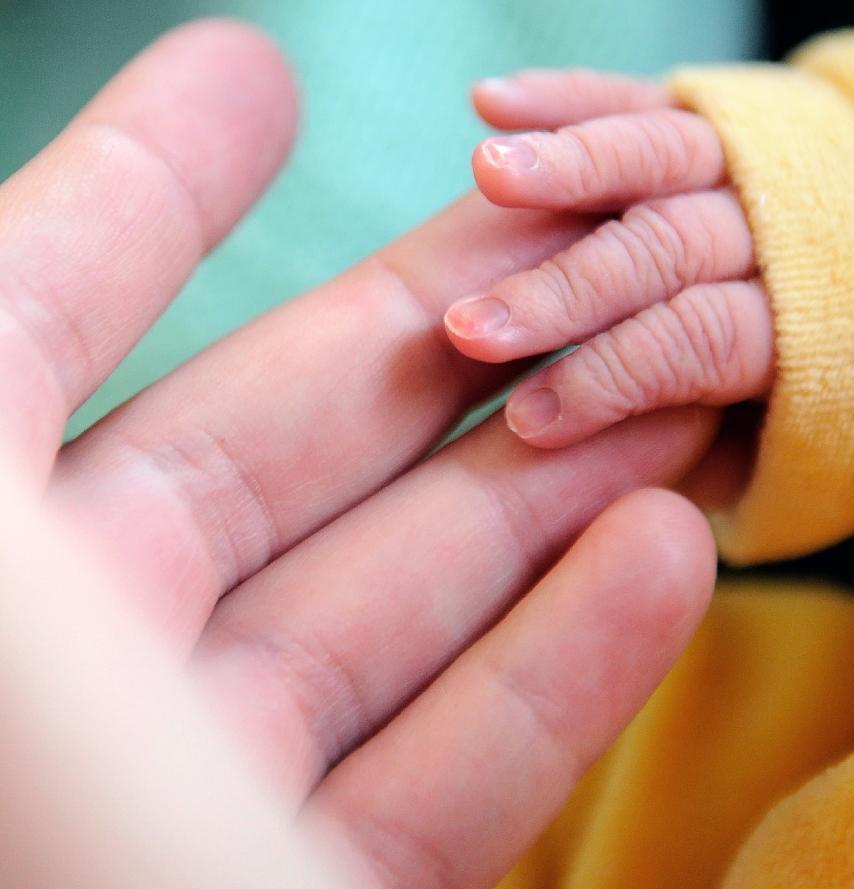IVF babies healthier than before: study
Better techniques and policies have given children born from artificial fertilisation a much better chance of survival and good health, a Scandinavian study said Wednesday. Doctors looked at data from 1988 to 2007 from Denmark, Finland, Norway and Sweden for more than 92,000 children born through assisted reproduction technology (ART), the term for in-vitro and other methods. Of them, more than 62,000 were single births, also called singletons, and more than 29,000 were twins. The health of the babies at birth and in their first year of life was compared to that of children conceived without ART. “We observed a remarkable decline in the risk of being born pre-term or very preterm,” said Anna-Karina Aaris Henningsen at the University of Copenhagen.
The rates for stillbirths and death during the first year declined among both singletons and twins, and fewer ART twins were stillborn or died during the first year compared with spontaneously conceived twins.
Anna-Karina Aaris Henningsen at the University of Copenhagen
Henningsen said several factors contributed to the improvement. Laboratories became more skilled at culturing fertilised eggs before returning them to the uterus, and hormonal drugs to stimulate ovaries for egg harvesting were milder than before. The biggest gain, though, was in a policy change to encourage a single embryo implant at a time, not several. Multiple embryos boost the chance of a live birth, but also raise the odds of having twins or triplets, which can result in lower birthweight and health complications. The study appears in the journal Human Reproduction.

Health IVF babies